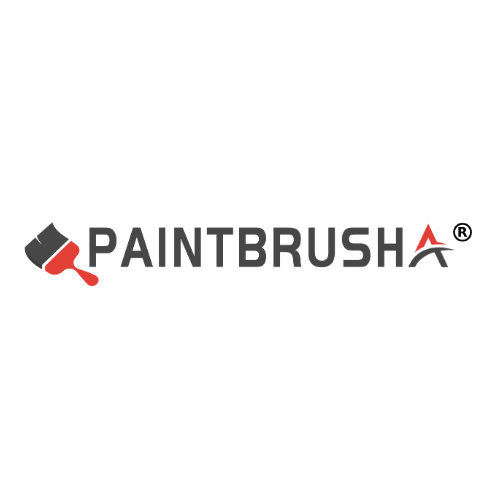In the dry brushing method, the key points of using oil painting brushes mainly include the following aspects:
First, choose the right oil painting brush
Bristle material:
The dry brushing method usually requires the use of hard-bristled oil brushes, such as pig bristle brushes or certain hard synthetic fiber brushes. Hard-bristled brushes can better control the paint, creating clear strokes and textures.
Bristle shape:
Choose the appropriate bristle shape according to the painting requirements. Flat brushes are suitable for large-scale coloring and texture creation, while round-tipped brushes or pointed-tipped brushes are more suitable for detailed depiction.
Second, key points for use
Pigment preparation:
In the dry brushing method, the pigment usually does not need to be diluted or only slightly diluted to maintain its thick texture. The paint should be evenly applied to the bristles of the oil painting brush, avoiding too much or too little.
Tap the screen:
When using an oil brush, you should gently “touch” the dry or semi-dry picture. Avoid applying too much pressure to the brush to prevent damaging the texture and brushstrokes of the picture.
Fast movement
The dry brush technique emphasizes rapid and short brushstrokes. The oil painting brush should be moved quickly on the picture to create a clear texture and brushstroke effect.
Control intensity and Angle:
By adjusting the Angle and force of the oil brush, different texture and brushstroke effects can be created. For example, a tilted brush can form longer strokes, while a vertical brush can form shorter strokes.
Superimposed layers:
The dry brushing method allows for the superimposition of color gradations on dry or semi-dry images. By layering multiple times, the color and texture effects of the picture can be enriched.
Third, skills and precautions
Preheat the canvas:
Before starting the dry brushing, you can first draw a draft on the canvas using the wet brushing method or the thick brushing method, and wait for it to dry before proceeding with the dry brushing. This helps to enhance the layering and texture of the picture.
Practice hand feel
The dry brushing method requires certain skills and experience. Before starting the formal creation, you can practice on old canvas or paper to get familiar with the feel of the oil brush and the characteristics of the paint.
Pay attention to the direction of the strokes:
The direction of the brushstrokes has a significant impact on the overall effect of the picture. When dry brushing, pay attention to the direction and arrangement of the brushstrokes to create a unified and varied texture effect.
Avoid excessive mixing:
The dry brush technique emphasizes the clear presentation of brushstrokes and textures. Therefore, during the painting process, excessive mixing of colors should be avoided to prevent the destruction of the layering and texture of the picture.
Timely adjustment:
During the painting process, the Angle, force and speed of the oil brush should be adjusted in a timely manner to meet different painting requirements and effects.
Fourth, maintenance and upkeep
Timely cleaning
After using the oil painting brush, it should be cleaned in time with turpentine or a special cleaner to keep the bristles clean and soft.
Store properly
After cleaning the oil painting brushes thoroughly, dry them and store them in a dry and well-ventilated place, avoiding direct sunlight or damp environments.
Regular inspection
Regularly check the condition of the bristles of the oil painting brush. If there are any forks, detachment or deformation, repair or replace them in time.
